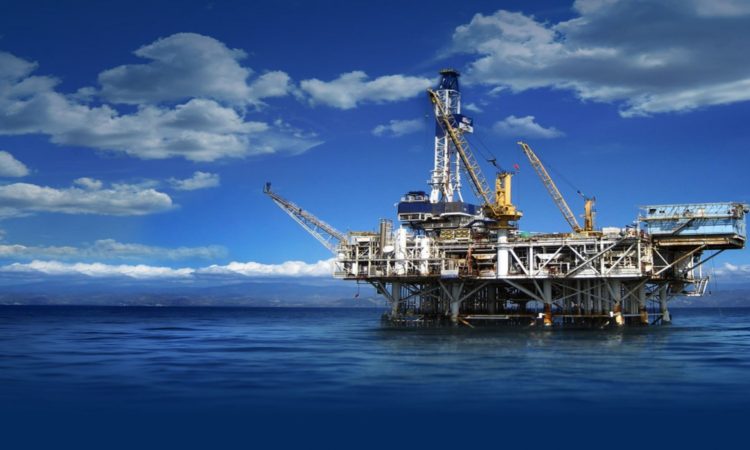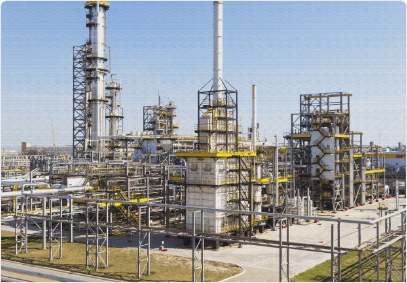The 7-Minute Rule for Roar Solutions
The 7-Minute Rule for Roar Solutions
Blog Article
Roar Solutions Can Be Fun For Anyone
Table of ContentsThe Ultimate Guide To Roar SolutionsThe 45-Second Trick For Roar SolutionsHow Roar Solutions can Save You Time, Stress, and Money.
In order to secure installments from a prospective surge a method of evaluating and categorizing a possibly dangerous location is called for. The function of this is to make certain the proper choice and installation of equipment to inevitably avoid an explosion and to ensure safety and security of life.
(https://au.enrollbusiness.com/BusinessProfile/7095102/ROAR%20Solutions)
No devices must be installed where the surface temperature of the devices is above the ignition temperature of the given hazard. Below are some typical dust dangerous and their minimal ignition temperature level. Coal Dust 380C 225C Polythene 420C (melts) Methyl Cellulose 420C 320C Starch 460C 435C Flour 490C 340C Sugar 490C 460C Grain Dust 510C 300C Phenolic Material 530C > 450C Aluminium 590C > 450C PVC 700C > 450C Soot 810C 570C The likelihood of the danger being existing in a concentration high adequate to cause an ignition will vary from place to area.
In order to categorize this threat an installment is separated right into areas of danger relying on the amount of time the hazardous is present. These areas are referred to as Zones. For gases and vapours and dirts and fibres there are three zones. Area 0 Zone 20 A dangerous environment is highly likely to be existing and might be present for extended periods of time (> 1000 hours per year) or also continuously Zone 1 Zone 21 An unsafe environment is possible however unlikely to be present for lengthy periods of time (> 10 450 C [842 F] A classification of T6 means the minimum ignition temperature level is > 85 C [185 F] Hazardous location electrical equipment maybe created for use in higher ambient temperatures. This would certainly showed on the score plate e.g. EExe II C T3 Ta + 60C( This suggests at 60C ambient T3 will certainly not be surpassed) T1 T1, T2, T3, T4, T5, T6 T2 T2, T3, T4, T5, T6 T3 T3, T4, T5, T6 T4 T4, T5, T6 T5 T5, T6 T6 T6 A T Course rating of T1 implies the maximum surface area temperature level generated by the tool at 40 C is 450 C. Presuming the linked T Class and Temperature level rating for the equipment are proper for the location, you can always use an instrument with an extra stringent Department rating than required for the area. There isn't a clear response to this inquiry however. It actually does depend on the kind of equipment and what repair work need to be accomplished. Devices with details test treatments that can't be performed in the field in order to achieve/maintain 3rd party score. Have to come back to the factory if it is before the tools's solution. Field Repair By Authorised Employee: Complex testing may not be required nonetheless certain procedures may require to be adhered to in order for the equipment to keep its 3rd party rating. Authorized employees must be employed to carry out the work properly Repair work need to be a like for like replacement. New part should be considered as a direct substitute requiring no unique screening of the devices after the fixing is total. Each piece of equipment with a dangerous ranking need to be reviewed independently. These are detailed at a high level below, but also for even more in-depth details, please refer directly to the guidelines.
The Facts About Roar Solutions Revealed
The tools register is an extensive database of tools records that includes a minimum set of fields to recognize each thing's area, technical parameters, Ex-spouse classification, age, and environmental information. The proportion of Detailed to Shut assessments will be identified by the Tools Threat, which is assessed based on ignition danger (the likelihood of a source of ignition versus the probability of a flammable environment )and the harmful location classification
( Zone 0Area 1, or 2). Executing a robust Risk-Based Inspection( RBI )strategy is critical for making sure conformity and safety in taking care of Electrical Tools in Hazardous Locations( EEHA).
The smart Trick of Roar Solutions That Nobody is Talking About

In terms of explosive threat, a dangerous location is an environment in which an eruptive environment exists (or might be expected to be existing) in quantities that need unique precautions for the building and construction, setup and use equipment. eeha certificate. In this short article we explore the difficulties encountered in the office, the threat control procedures, and the called for proficiencies to work safely
These materials can, in specific conditions, create explosive atmospheres and these can have significant and tragic repercussions. Many of us are familiar with the fire triangle eliminate any kind of one of the 3 components and the fire can not occur, but what does this mean in the context of unsafe areas?
In a lot of circumstances, we can do little concerning the degrees of oxygen in the air, but we can have substantial impact on resources of ignition, as an example electrical equipment. Dangerous areas are documented on the hazardous area category click resources drawing and are determined on-site by the triangular "EX-SPOUSE" indicator. Here, among other crucial info, areas are divided into three kinds depending on the danger, the likelihood and duration that an explosive atmosphere will exist; Zone 0 or 20 is deemed the most unsafe and Area 2 or 22 is regarded the least.
Report this page